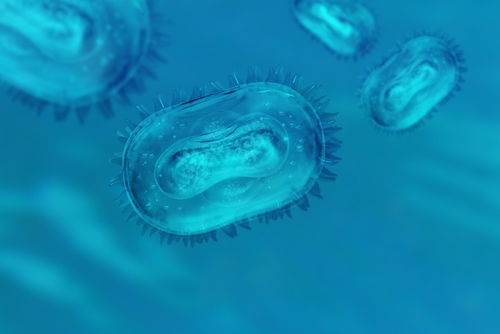
As the world grapples with the ongoing challenges of climate change, a new threat has emerged from the icy depths of Siberia.
Researchers issued warnings about ancient viruses, frozen in permafrost for over 50,000 years, that are now thawing due to rising global temperatures. These so-called ‘zombie’ viruses could potentially pose a disastrous threat to humanity.
These ancient pathogens, preserved in ice for millennia, have been discovered in various forms such as in mammoth wool, Siberian mummies, prehistoric wolves, and even in the lungs of an Alaskan Influenza victim.
The first full carcass of a cave bear, approximately 39,500 years old, was unearthed from the Yakutia permafrost in 2020, further highlighting the potential for ancient diseases to be preserved in the ice.
Ancient 'zombie' viruses frozen in permafrost for 50,000 years are thawing due to climate change – and could have 'disastrous' effects for humans https://t.co/XfdSIWlE80 pic.twitter.com/HG8Y8zj7Oe
— Daily Mail U.K. (@DailyMailUK) October 16, 2023
Virologist Jean-Michel Claverie has been at the forefront of this research, warning of the dangers that could arise from the north as the permafrost thaws, releasing microbes, bacteria, and viruses.
His team has spent a decade focusing on giant viruses found frozen in the ice, a type of pandoravirus that can infect amoebas.
The threat is not hypothetical. A heat wave in Siberia in 2016 activated deadly anthrax spores which resulted in the death of a child and thousands of reindeer.
Claverie’s team previously revived giant viruses from up to 48,000 years ago. He also warns there could be even more ancient viruses in the ice, some of which could potentially infect humans.
One-quarter of the northern hemisphere sits on top of permanently frozen ground, known as permafrost. However, large areas are now melting as the world warms. This thawing process could potentially unearth diseases such as smallpox frozen into the corpses of victims, with a few infectious particles enough to revive the pathogen.
A French scientist is sounding the alarm on another terrifying consequence of global warming: Thawing permafrost may awaken "zombie" viruses that were frozen in time 50,000 years ago https://t.co/UDyR0aHQVC
— Bloomberg (@business) October 9, 2023
The planet is already 1.2 degrees Celsius warmer than it was in pre-industrial times and scientists warned the Arctic could see ice-free summers by the 2030s. This rapid warming could accelerate the thawing process, potentially releasing these ancient viruses at an unprecedented rate.
Claverie has isolated 13 new viruses since 2019 and warns that an unknown, ancient pathogen could have disastrous effects on the human race. He suggests that if Neanderthals died of an unknown viral disease and this virus resurfaces, it could pose a danger to us.
While the world focuses on the visible impacts of climate change, it’s crucial not to overlook the hidden threats lurking beneath the ice. As we continue to grapple with the challenges of a warming planet, it’s clear the consequences of our actions may be far more complex and far-reaching than we ever imagined.










